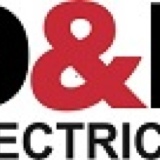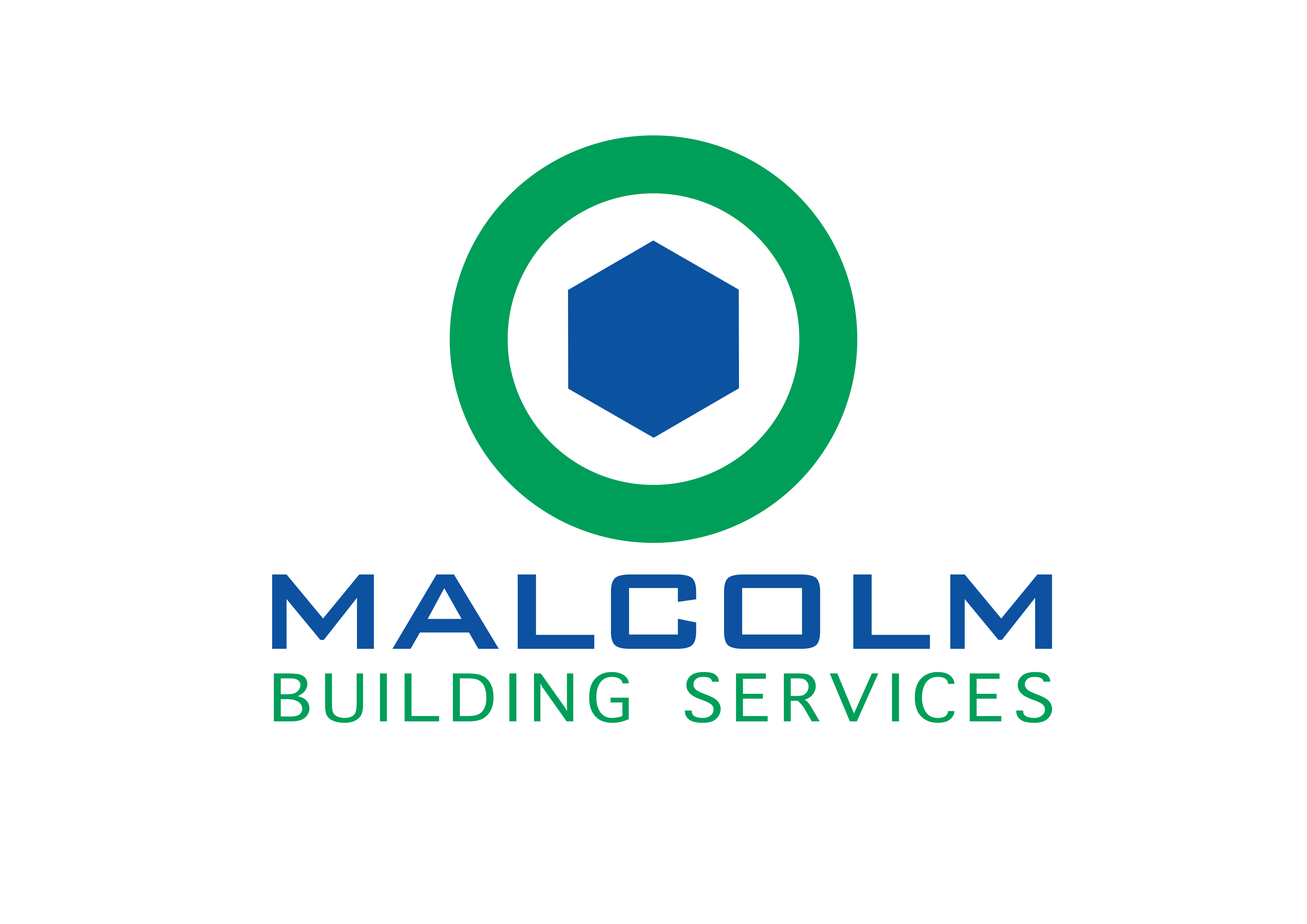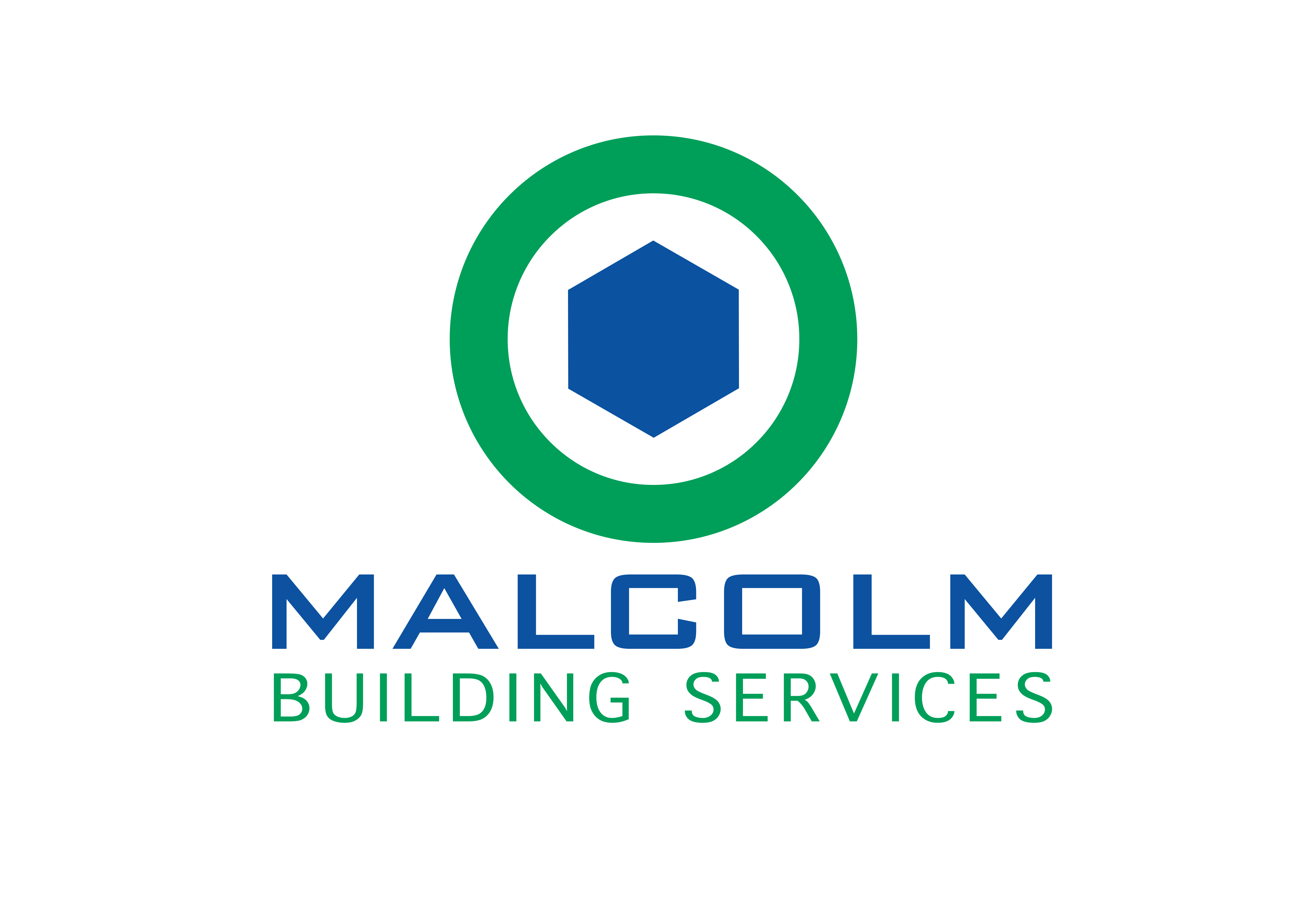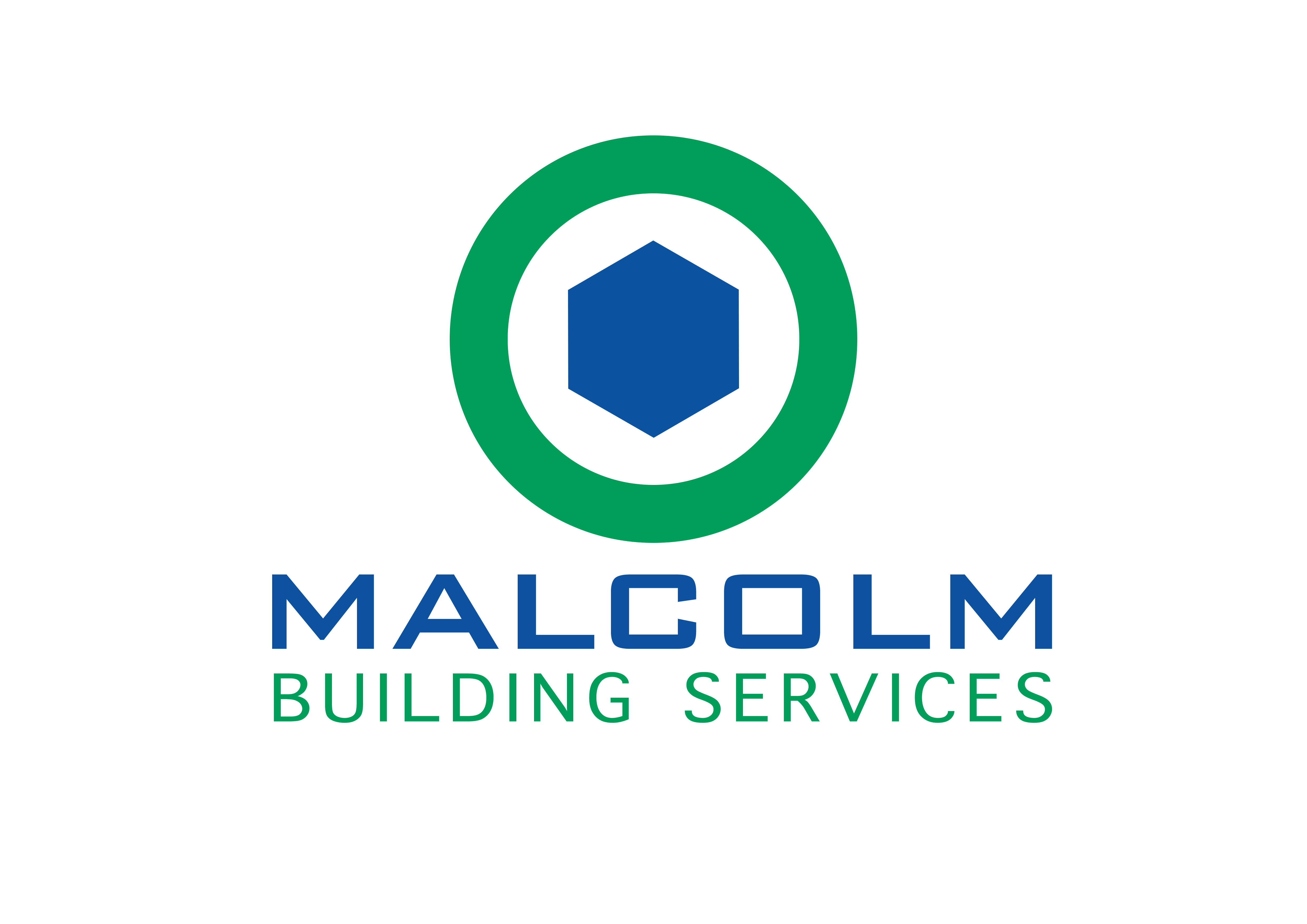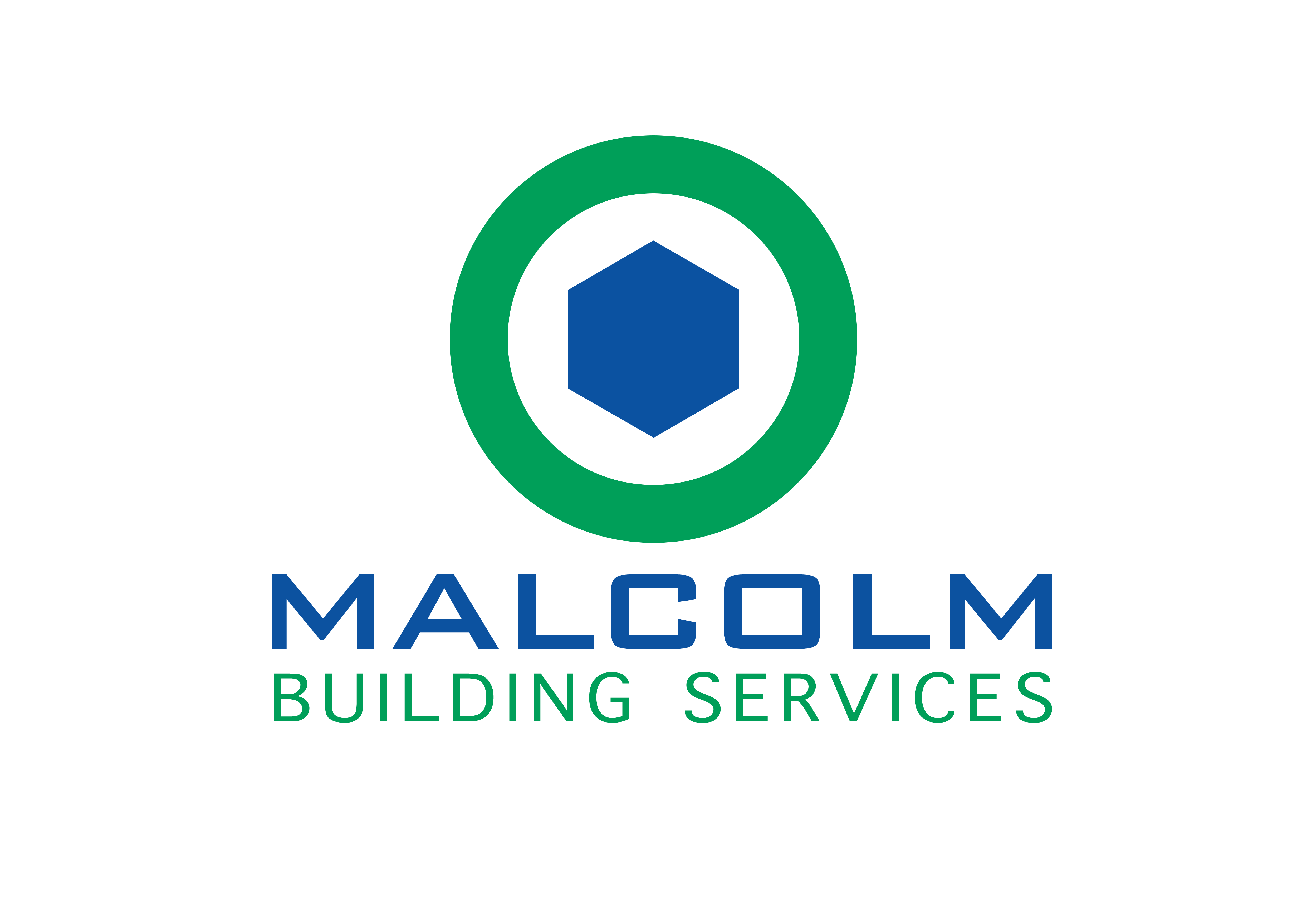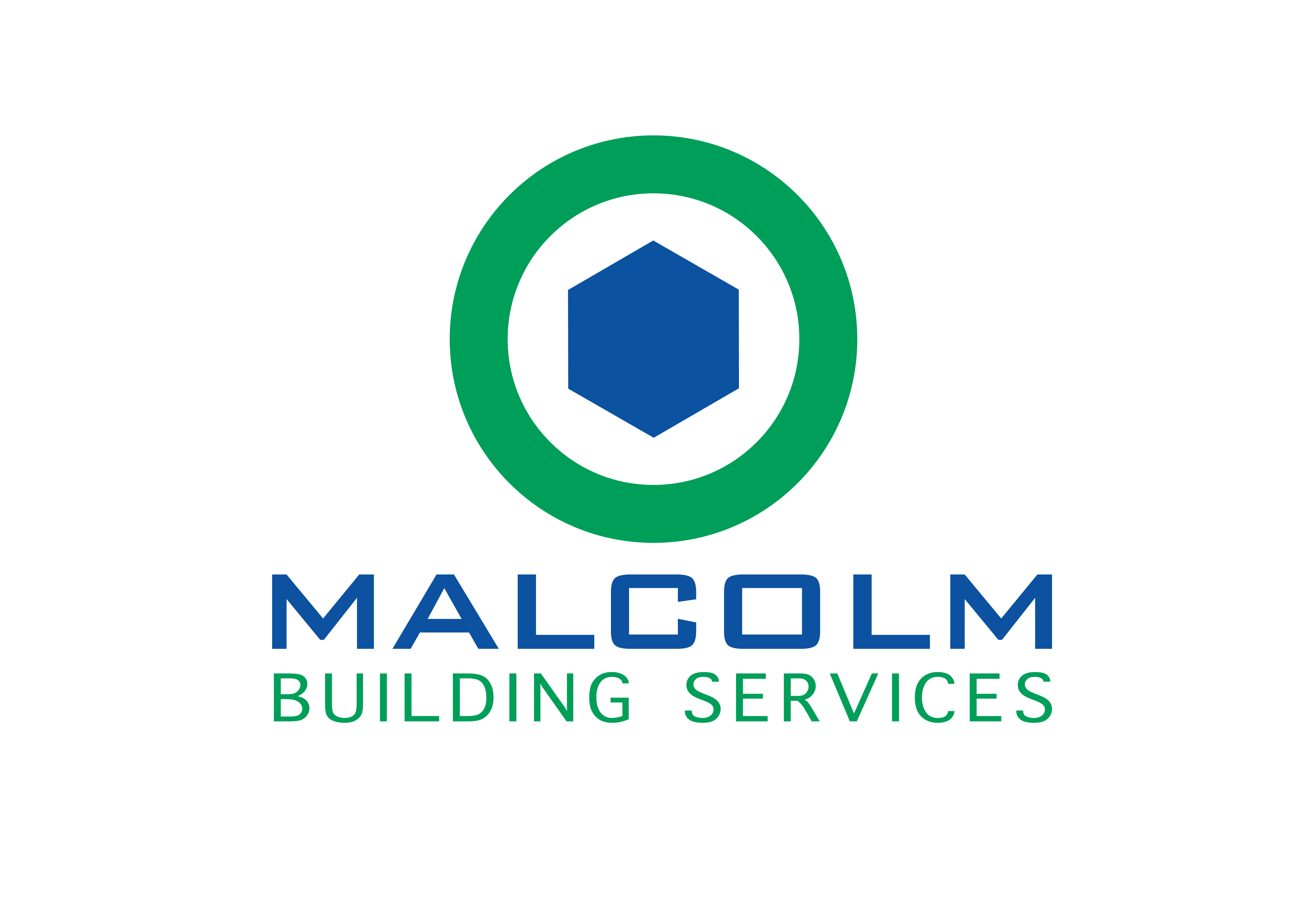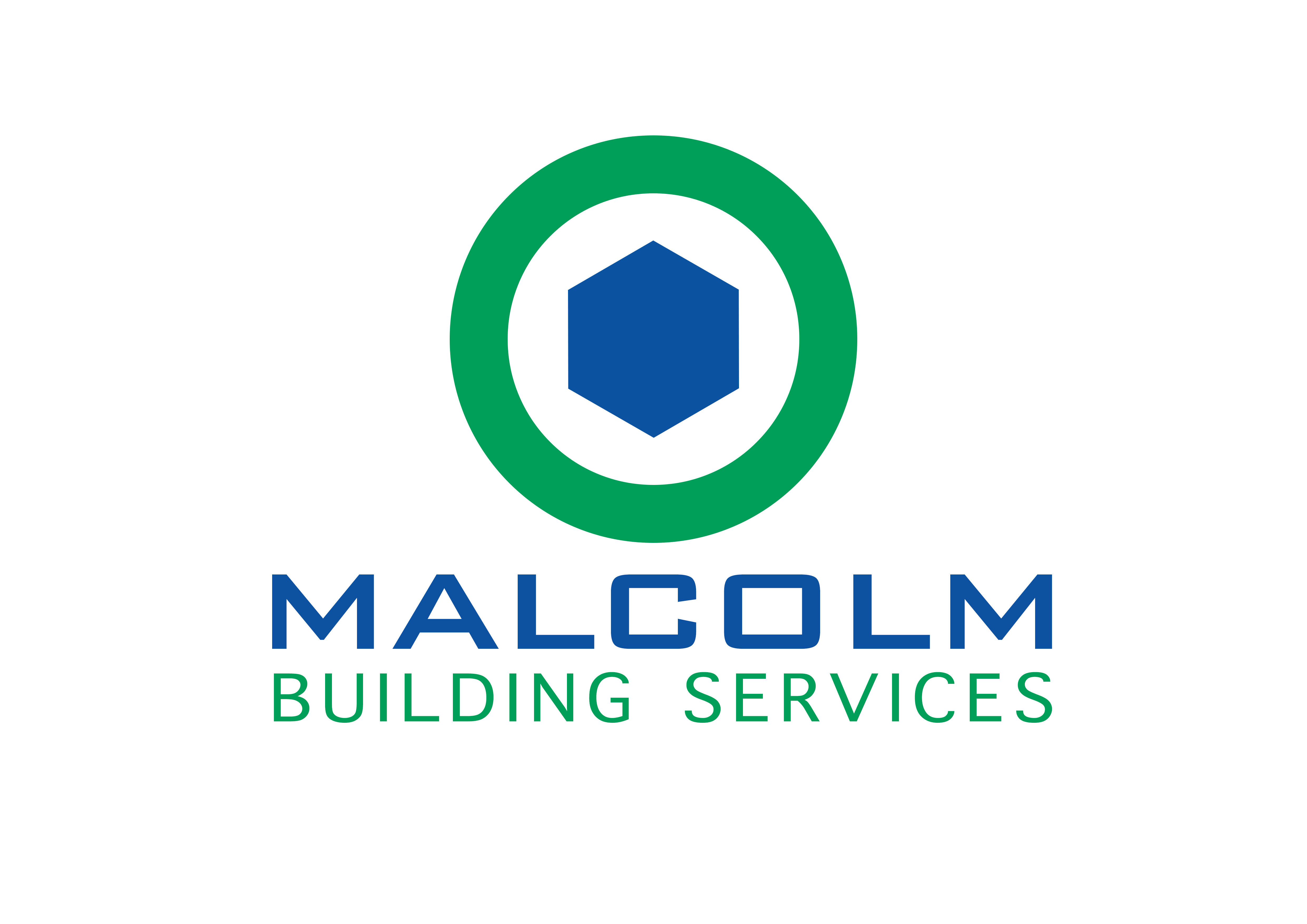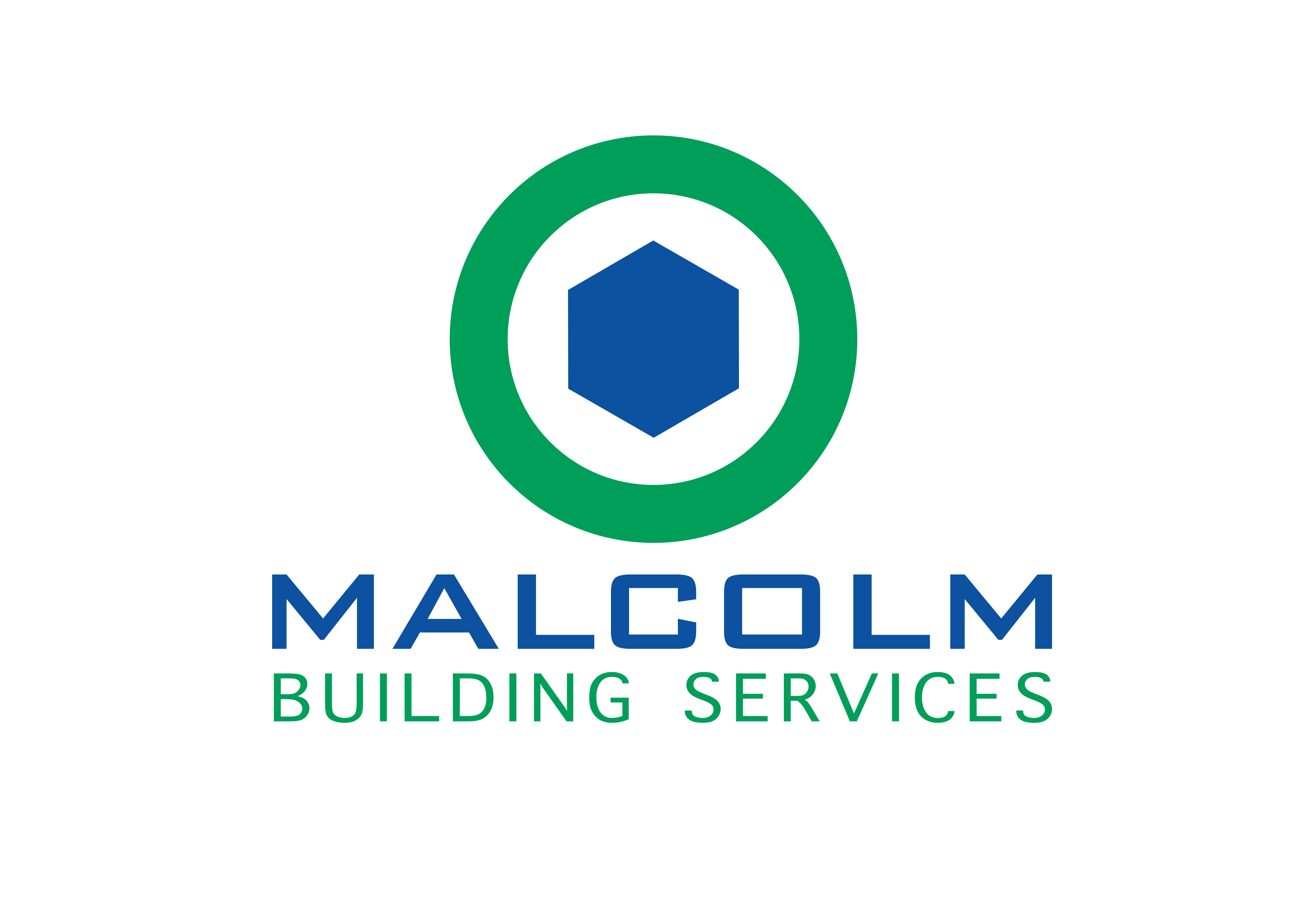Information
-
Document No.
-
Audit Title
-
Client / Site
-
Drawing Number
-
Conducted on
-
Prepared by
-
Location
-
Personnel
CABLING
1.GENERAL
-
1.01 Complies with appropriate British or Harmonised Standards
-
1.02 Correct size, type, rating, composition and voltage
-
1.03 Protected against mechanical damage and abrasion
-
1.04 Cables suitably selected for high or low ambient temperature as necessary
-
1.05 Internal bending radius correct
-
1.06 Cables exposed to direct sunlight are suitable for that purpose
-
1.07 Correctly selected and installed for use overhead
-
1.08 Adequately supported throughout length, fixed correctly to cable support
-
1.09 Conductors and terminations correctly identified and accessible for inspection
-
1.10 All wires securely contained in terminals, etc. without strain
-
1.11 Joints and connections electrically / mechanically sound, and adequately insulated
-
1.12 Buried cable correctly selected and suitable for expected conditions
-
1.13 Suitable for installation in a lift shaft, where permitted
-
1.14 Segregation of Band I and Band II cables correct
2. NON-ARMOURED CABLES
-
2.01 Non sheathed cables protected by enclosure in conduit, duct or trunking
-
2.02 Sheathed cables routed in allowed zones or mech. protection provided
3. ARMOURED SWA/AWA CABLES AND MICC CABLES
-
3.01 Glands tight and armour effectively earthed
-
3.02 Earth tag fitted and bonded
-
3.03 IP glands adequately sealed
-
3.04 Armours trapped correctly
-
3.05 Shrouds fitted where required
-
3.06 Correct type material for gland plate (e.g. ferrous, non-ferrous, paxolin)
-
3.07 MICC cable metallic sheath earthed and earth tail pots fitted (where required)
-
3.08 Underground cables adequately sanded, tiled/ marker tape or ducted.
CONDUIT SYSTEMS
4. GENERAL
-
4.01 Correct IP rating, including accessories
-
4.02 Securely fixed, correct spacing used, protected against mechanical damage
-
4.03 Inspection fittings accessible
-
4.04 Adequate size for easy draw and number of cables
-
4.05 Ends of conduit reamed and bushed, no sharp edges
-
4.06 Drainage holes and gaskets provided where necessary
-
4.07 Radius of bends satisfactory, free from kinks
-
4.08 Free from physical damage to conduit and finish
-
4.09 Unused entries blanked off where necessary
-
4.10 Internal sealing / fire barriers installed where required
5. RIGID METAL CONDUIT
-
5.01 Complies with BS EN 50086 or BS EN 61386
-
5.02 Exposed threads / cut ends etc. corrosion protected / painted
-
5.03 All sections earthed satisfactory
-
5.04 Suitable for the installed environmental conditions e.g. damp, corrosion etc.
-
5.05 Line and neutral cables contained in the same conduit
-
5.06 Span between buildings without intermediate support satisfactory
6. RIGID NON METALLIC CONDUIT
-
6.01 Complies with BS4607, BS EN 60423, BS EN 50086-2-1, or the BS EN 61386
-
6.02 Ambient and working temperature. within permitted limits
-
6.03 Provision for expansion and contraction where necessary
-
6.04 Boxes and fittings suitable for supported mass at expected temperatures
7. FLEXIBLE METAL CONDUIT
-
7.01 Complies with BS EN 60423 and BS EN 50086.1 or the BS EN 61386 series
-
7.02 Separate protective conductor installed
-
7.03 Adequately supported and terminated
TRUNKING SYSTEMS
8. GENERAL
-
8.01 Complied with BS 4678 or BS EN 50085-1
-
8.02 Correct class, duty & IP rating, including accessories
-
8.03 Selected and erected that no damage is caused by ingress of water
-
8.04 Adequately fixed, correct spacing of fixings/supports used
-
8.05 Installed/protected from the effects of non-electrical services, (gas. water, steam etc.)
-
8.06 Correct and continuous segregation for Band I and Band II circuits
-
8.07 Adequate size for easy draw and number of cables
-
8.08 Cables adequately supported on vertical runs.
-
8.09 Free from sharp edges, burrs and fixings that may damage cables
-
8.10 Internal sealing / fire barriers installed where required
-
8.11 External sealing of building fabric around trunking where required
9. METAL CABLE TRUNKING
-
9.01 Line and neutral cables contained in the same trunking
-
9.02 Cut ends corrosion protected / protective coating undamaged or made good
-
9.03 Suitable for installed environment (damp/vibration etc)
-
9.04 Joints mechanically sound and of adequate continuity
-
9.05 All sections earthed satisfactory, earth links fitted where required
-
9.06 Sufficient cable retainers fitted & located to minimise cable damage
10. BUSBAR TRUNKINGS AND POWER TRACK SYSTEMS
-
10.01 Complies with appropriate British Standards and specified requirements
-
10.02 Securely fixed and adequately protected against mech. Damage
-
10.03 Underfloor busbar track fixed at one end only
-
10.04 Joints mechanically sound and of adequate continuity
-
10.05 Supports to manufactures recommendation, correct spacing used
-
10.06 Termination of feeder cable correct and accessible
-
10.07 Tap off units secure, identified where necessary and accessible
-
10.08 Free from physical damage, dust covers fitted
Cable Basket and Cable Tray
-
Inspected by
